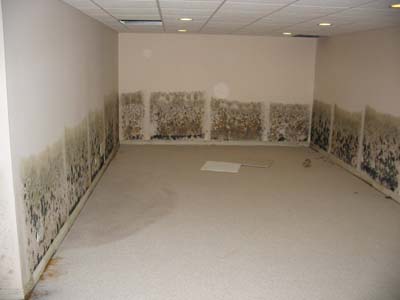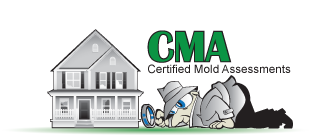 Flooding is inevitable and is a natural disaster that affects many people at the same time. If you have experienced heavy rains in your area and your basement or entire home was flooded, there are high chances that you may encounter mold problems. People with compromised immune systems, allergies, or respiratory problems are more likely to be affected by mold exposure. Having an idea of what causes mold and where to look helps prevent mold exposure and related illnesses. Here are the warning signs of mold that you need to watch out for after a flood.
Flooding is inevitable and is a natural disaster that affects many people at the same time. If you have experienced heavy rains in your area and your basement or entire home was flooded, there are high chances that you may encounter mold problems. People with compromised immune systems, allergies, or respiratory problems are more likely to be affected by mold exposure. Having an idea of what causes mold and where to look helps prevent mold exposure and related illnesses. Here are the warning signs of mold that you need to watch out for after a flood.
- Musty Odor
Molds usually produce a persistent musty odor that fills the entire space in your home. In most cases, homeowners always notice the smell every time they walk into their house or a particular room. This is a sign that your indoor air quality is compromised and not safe for allergic or immune suppressed individuals. If you have trouble finding the location of mold, you can always call in the professionals to carry out mold testing.
- Damp or Soaked Household Items
Furniture and other household items are likely to be soaked in water, creating a perfect environment for the growth of molds. Molds love to grow in areas with high levels of moisture and humidity. If your carpets, mats or sofa sets were soaked in flooded water, you are more likely to encounter mold if they never dried off properly.
- Dark or Colored Spots on Walls
Flooded water can easily sip through your walls if the landscape in your home slopes towards your house. This can cause leaks behind a wall or other hidden surfaces that might go undetected. As days go by, you may notice peeling paint, cracking and discoloration on walls, which are signs that you have water leaks. When this happens, it creates a haven for mold that becomes visible after some time because nothing was done to solve the problem.
- Manifesting Symptoms of Mold Exposure
People who are allergic to mold may exhibit symptoms such as sneezing, coughing, or wheezing every time they walk into a room infested with mold. Although you might have done everything to get rid of mold growth after a flood, it is difficult to notice the mold spores that are still floating around in the air. If you experience flu or cold that does not seem to go away, it could be a sign that you have a mold problem.
- Feeling Itchy
Although it is well known that mold usually grows in basements and other areas in a home, most people have no idea that it is capable of infesting clothing. Your clothes may become damp because of the high level of humidity or moisture after floods. The mold growing on your cloth or towel can be irritating your skin making it itchy.
Moving into Your Home after Floods
It is important to clean your home as early as possible if it was recently flooded. This helps protect you from mold since it can cause further damage to your property. If you experienced heavy floods, everything needs to be dried out completely before it is put back into the house. Mats or carpets that have already been infested should be replaced to prevent recurring, mold as it can spread to other areas in the house.
If you were evacuated from your home after the floods, it is advisable not to return home until the cleanup is finished. This involves proper disposal of garbage and human waste as well as a supply of safe water. Household items that can be salvaged should be allowed to dry out completely while the infested items need to be replaced with new ones.
Your house has to be inspected once more before you can settle again to make sure you are free from any mold exposure. The best way to ensure your home is safe is to get it inspected by a professional as they have special equipment and necessary skills to tell whether you can continue living in your home.
Mold growth after floods is a serious problem that can lead to health complications and damage to property. Addressing the situation earlier helps to prevent mold exposure as it ensures your home is free from mold. Make sure all household items are completely dry before placing them back in the house. Moldy items need to be thrown away or replaced to prevent mold from recurring after remediation.
